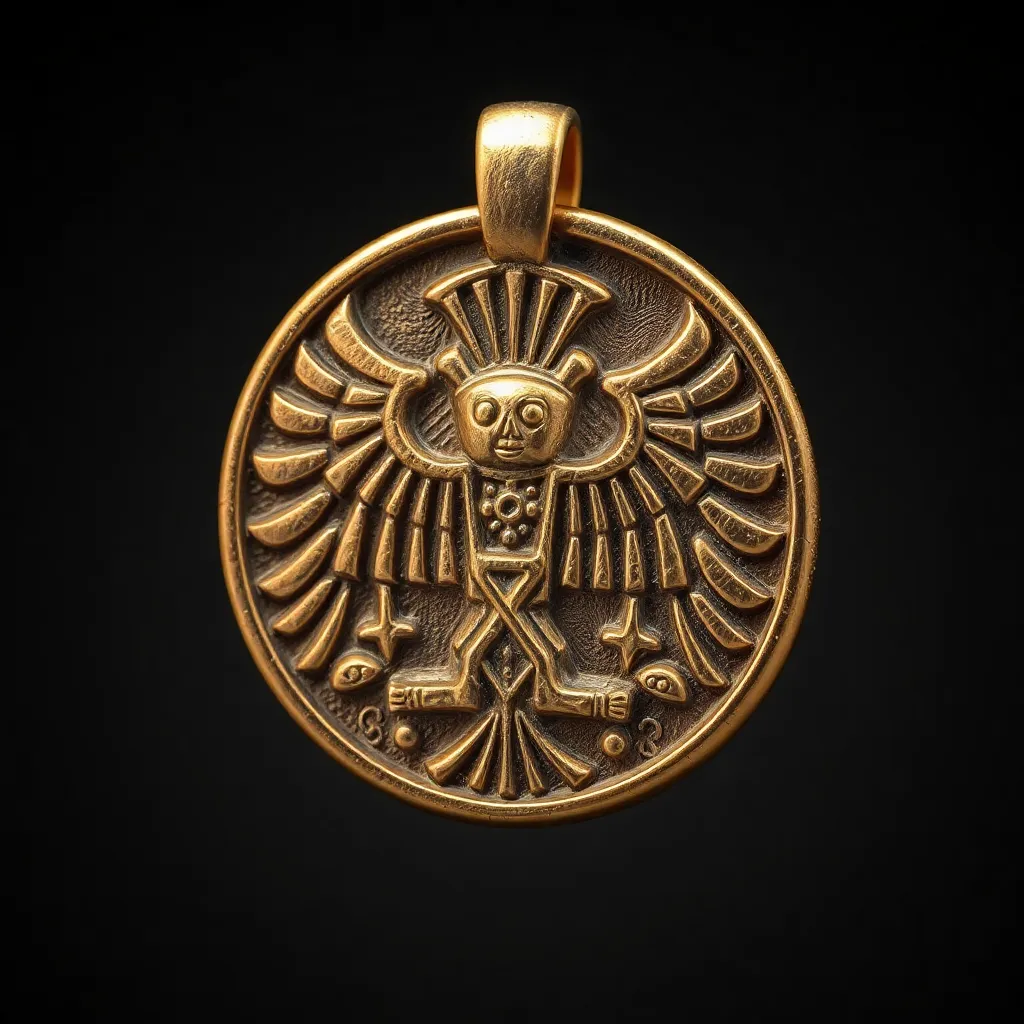An Overview of Popular Egyptian Amulets and Their Meanings
I. Introduction
The rich tapestry of ancient Egyptian culture is woven with symbols and artifacts that reflect the beliefs and practices of its people. Among the most significant of these artifacts are amulets, which played a crucial role in the daily lives and spiritual practices of the ancient Egyptians.
Amulets were not merely decorative objects; they were imbued with deep spiritual meanings and believed to provide protection, good fortune, and a connection to the divine. This article aims to explore the significance of Egyptian amulets, their materials, iconic examples, and their enduring legacy in both ancient and modern contexts.
II. The Significance of Amulets in Ancient Egypt
In ancient Egypt, amulets served a variety of purposes, primarily centered around the themes of protection and prosperity.
- Role of amulets in protection and good fortune: Amulets were believed to shield individuals from harm and bring luck in their endeavors. They were often worn as jewelry or placed in homes and tombs.
- Connection to ancient Egyptian beliefs in the afterlife: Egyptians held a profound belief in the afterlife, and amulets were thought to assist the deceased in navigating the challenges of the underworld.
- Use of amulets among different social classes: While pharaohs and nobles often had elaborate amulets, common people also utilized simpler versions, indicating the widespread belief in their protective powers.
III. Commonly Used Materials in Amulet Crafting
The crafting of amulets in ancient Egypt involved various materials, each chosen for its symbolic significance and properties.
- Stone and minerals: Precious stones like lapis lazuli and turquoise were favored for their beauty and believed protective qualities.
- Metals: Gold, silver, and bronze were frequently used due to their durability and association with the divine.
- Organic materials: Items such as wood and faience (a glazed ceramic) were also used, often crafted into intricate designs.
IV. Iconic Egyptian Amulets and Their Meanings
Among the myriad of amulets, several iconic symbols stand out, each with a unique meaning:
- The Ankh: Known as the symbol of life and immortality, the ankh represents eternal life and the union of opposites.
- The Scarab: This beetle symbolizes rebirth and transformation, often associated with the sun god Ra and the cycle of life.
- The Eye of Horus: A powerful symbol of protection and royal power, it was believed to ward off evil and bring good health.
- The Djed: Representing stability and resurrection, the Djed pillar is linked to Osiris and the concept of rebirth.
V. Amulets for Protection Against Evil
Protection was one of the primary functions of amulets, especially those designed to ward off evil influences.
- The Protective Function of the Warding Amulet: Many amulets were specifically crafted to guard against malevolent forces and misfortune.
- Specific amulets designed for warding off illness and misfortune: Examples include the Heart Scarab, which was placed on the heart of the deceased to protect them in the afterlife.
- The role of deities in the creation of protective amulets: Many amulets featured images of gods and goddesses, invoking their power for protection.
VI. Amulets in Funerary Practices
Amulets held a special importance in funerary practices, ensuring the safe passage of the deceased into the afterlife.
- Use of amulets in burial rituals: Amulets were often placed in tombs or on the mummies themselves, serving as protective talismans.
- The significance of amulets for the deceased in the afterlife: They were believed to help the deceased navigate the challenges of the underworld, providing guidance and protection.
- Common funerary amulets and their meanings: Popular choices included the Ankh for life, the Scarab for rebirth, and the Eye of Horus for protection.
VII. Modern Interpretations and Uses of Egyptian Amulets
In contemporary times, there has been a resurgence of interest in ancient Egyptian symbolism, particularly in the realm of jewelry and spiritual practices.
- Resurgence of interest in ancient Egyptian symbolism: Many people are drawn to the rich history and meanings behind these symbols.
- Contemporary jewelry and amulets inspired by ancient designs: Modern artisans create jewelry that echoes the designs of ancient amulets, appealing to those who value their meanings.
- The role of amulets in modern spiritual practices: Many individuals use amulets as part of their spiritual routines, believing in their protective and empowering qualities.
VIII. Conclusion
In summary, Egyptian amulets embody a profound aspect of ancient Egyptian culture, symbolizing protection, life, and connection to the divine. Their significance extends beyond the past, resonating in modern spiritual practices and contemporary designs.
The enduring legacy of these amulets invites us to explore their meanings and consider how such symbols can play a role in our own lives, perhaps as talismans of hope, protection, and transformation.
https://www.youtube.com/watch?v=bVTf1xfmmzo




